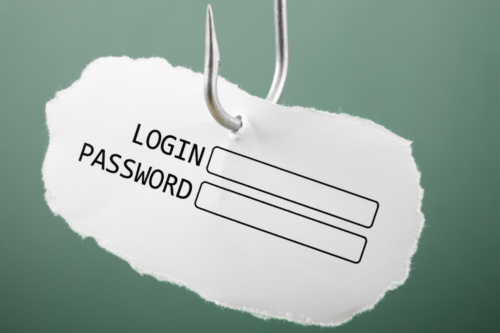Today, we’re here to talk about the recent ransomware attack that hit Oakland, California. Now, before you start to panic, let’s break down what happened and what it means for the city.
First things first: what is ransomware? Essentially, it’s a type of malware that hackers use to gain control of a computer system or network. Once they have control, they encrypt all of the data on that system and demand a ransom in exchange for the decryption key. In other words, they hold your data hostage until you pay up.
About the Oakland Ransomware Attack
Now, let’s get back to Oakland. On April 27th, the city of Oakland announced that they had been hit with a ransomware attack. The attack affected the city’s email systems, phone lines, and some of its websites. The city’s emergency services were not affected, but the attack did cause significant disruptions to non-emergency services.
The ransom demand was not disclosed, but the city did say that they would not be paying it. Instead, they are working with law enforcement and cybersecurity experts to investigate the attack and restore their systems. The city has also urged residents to be cautious of potential scams and phishing attempts that may arise as a result of the attack.
Could NAC Have Stopped the Oakland Ransomware Attack?
While network access control (NAC) is not a silver bullet that can prevent all cyber attacks, it can be an effective tool in deterring certain types of attacks, including ransomware attacks like the one that hit Oakland.
With NAC, organizations can require that devices connecting to their network meet certain security standards, such as having up-to-date anti-virus software or not being known to be infected with malware. This can help prevent infected devices from accessing the network and spreading the ransomware to other systems.
In the case of the Oakland ransomware attack, it’s possible that NAC could have helped prevent the attack or at least minimize its impact. By enforcing security policies and requiring that all devices connecting to the network meet certain security standards, the city could have made it more difficult for the attackers to gain access to their systems.
Of course, it’s impossible to say for sure whether NAC would have prevented the attack in this specific case. Cybercriminals are constantly developing new tactics and techniques to bypass security measures, and there is always a risk that they will find a way to infiltrate even the most secure networks.
That said, NAC can still be a valuable tool in deterring cyber attacks and minimizing their impact. By implementing NAC alongside other security measures, organizations can create a layered defense that makes it much more difficult for attackers to gain access to their networks and data.
While the full impact of the attack is still being assessed, it serves as a reminder that ransomware attacks are a real threat to organizations of all sizes. In fact, the number of reported ransomware attacks has been on the rise in recent years. Cybercriminals are constantly looking for new ways to exploit vulnerabilities in computer systems and networks, and it’s up to organizations to take the necessary steps to protect themselves.
What Can You Do to Prevent these Sorts of Attacks?
So, what can you do to protect your organization from a ransomware attack? Here are a few tips:
- Keep your software up to date: Make sure that you’re running the latest versions of all software on your computer or device. Updates often include security patches that can help protect you from known vulnerabilities.
- Be cautious of suspicious emails: Phishing emails are a common way for cybercriminals to spread malware. Be wary of emails from unknown senders, and never click on links or download attachments unless you’re sure they’re legitimate.
- Back up your data: Regularly back up your important files to an external hard drive or cloud storage service. This way, if you do fall victim to a ransomware attack, you’ll still have access to your data.
Overall, the Oakland ransomware attack serves as a reminder of the importance of cybersecurity. While it can be easy to think that it won’t happen to you, the reality is that anyone can fall victim to a cyber attack. By taking the necessary precautions, you can help protect yourself and your organization from the devastating effects of a ransomware attack.
Try Portnox Cloud for Free Today
Gain access to all of Portnox's powerful zero trust access control free capabilities for 30 days!







